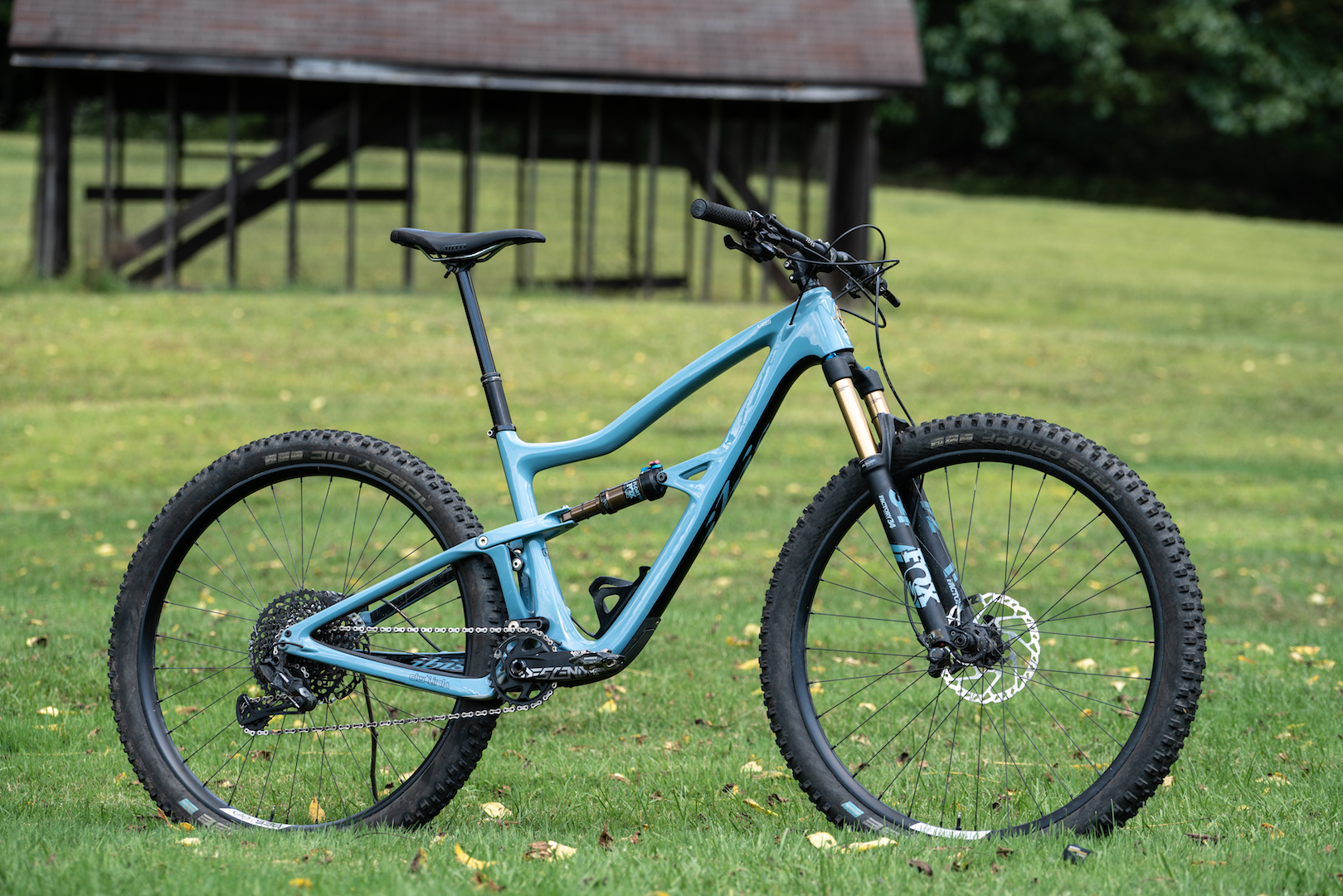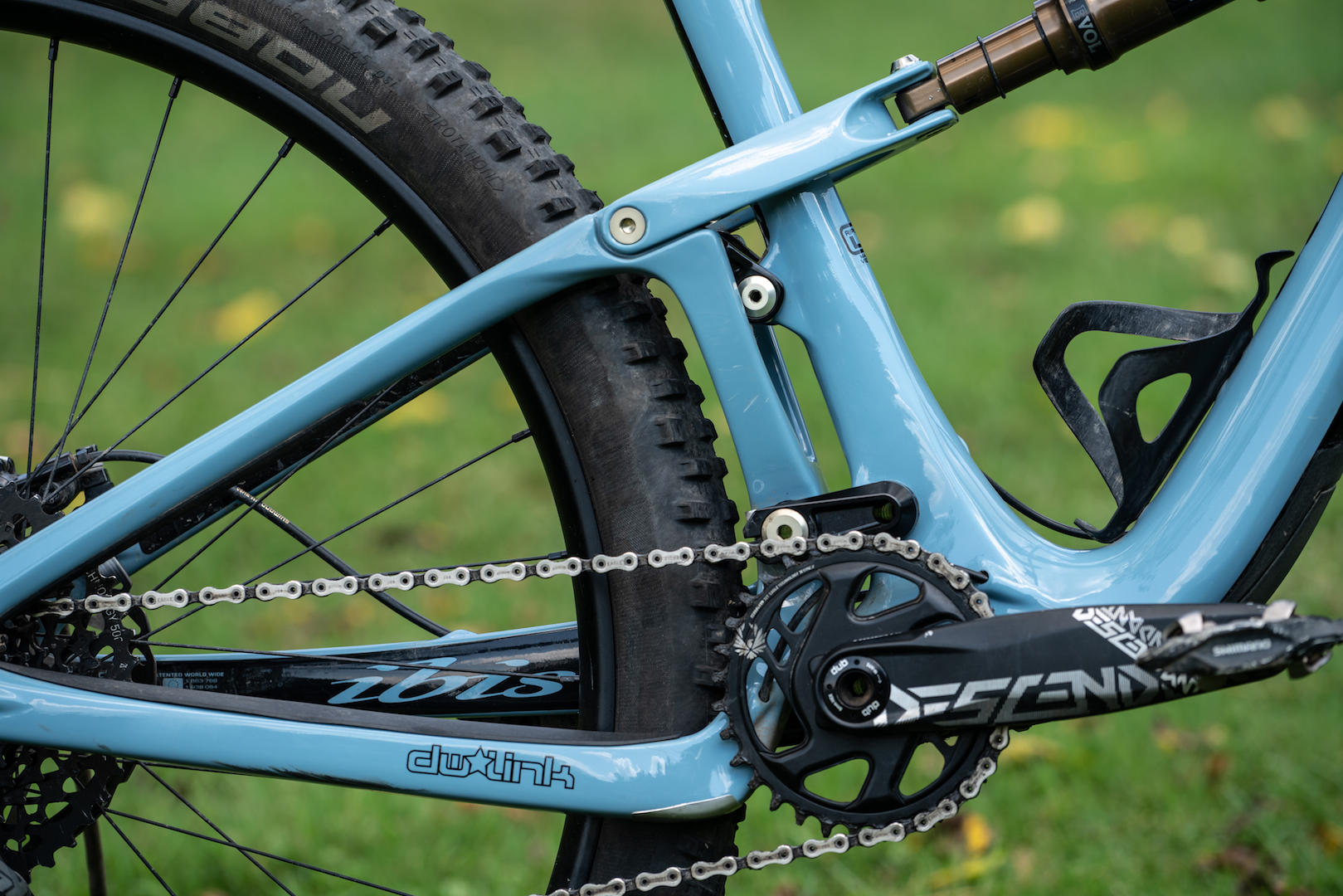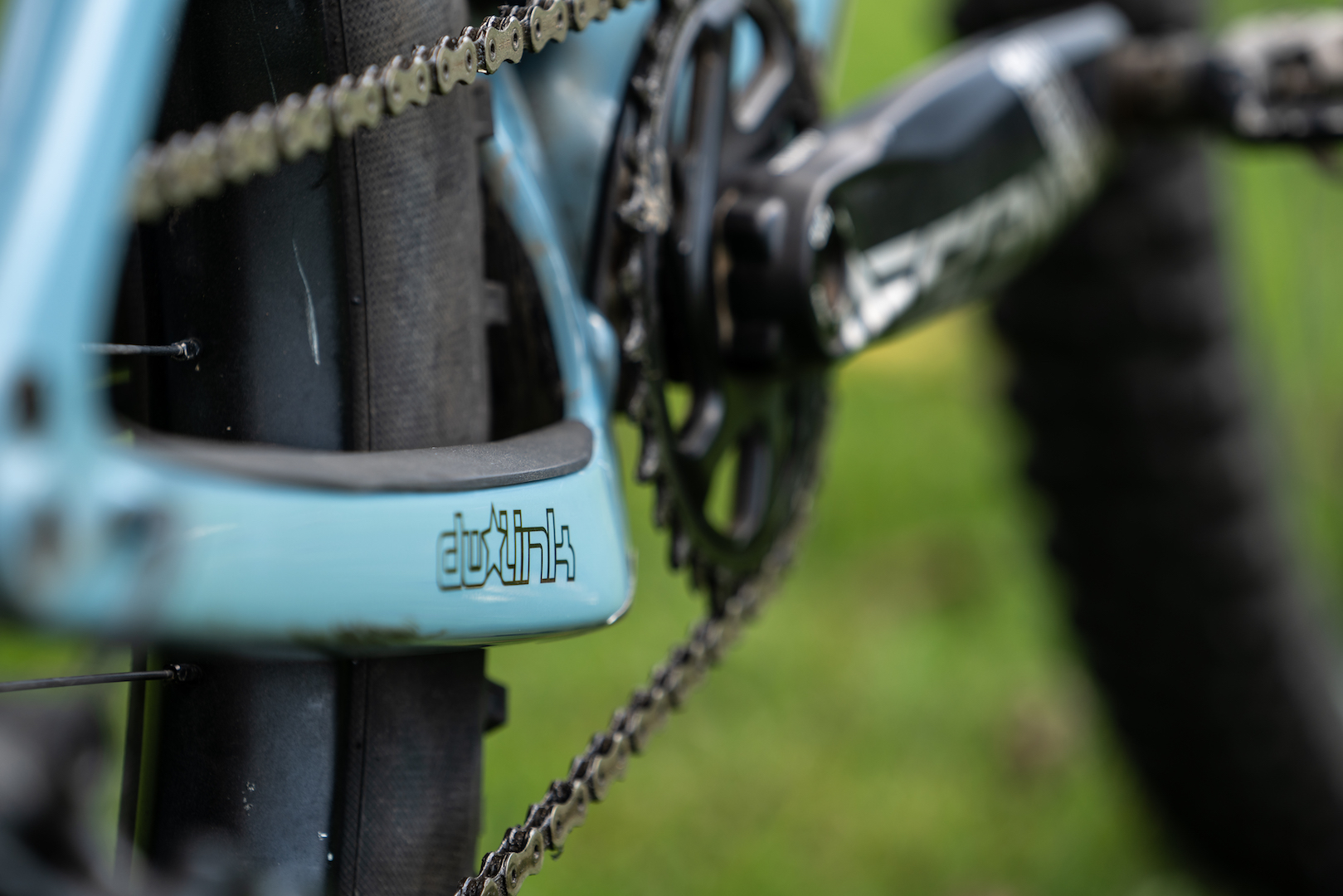Review: Ibis Ripley
Originally posted on December 4, 2019 at 0:42 amMy relationship with the new Ibis Ripley began some time ago. Way back in April, I was fortunate enough to be invited to the release ride for the latest version of the Ripley at Ibis Headquarters in Santa Cruz, California. Along with owner Scot Nicol, a group of us headed to the hills surrounding Santa Cruz to see what the new Ripley was all about. A few weeks later, I once again found myself on the new Ripley as part of a press camp for new Shimano products on the trails of Bellingham, Washington. It was there that a veteran of the bicycle industry said, “Ibis does a good job at recreating genres with their bikes.”
Since my introduction to the latest version of the Ripley, I have ridden it in five states, on flow trail, in bike parks, on high alpine passes and have worn ruts in my local trails. It isn’t so much that the Ripley recreates categories as it created a whole new one for itself.

The Bike
Version 4.0 of the Ripley carries over similar traits as its larger sibling, the Ripmo. The dw-link rear design is equipped with bushing pivots, ditching the old double eccentric bearing design to accommodate longer dropper posts. The new bushing configuration is stated to be more durable than bearings, and Ibis backs them up with a lifetime of service. The absence of the old double eccentric bearing setup also helps the new Ripley shed some weight. The top of the line XTR builds we rode for the release hovered right around 25 pounds for the size large models and the bike tested here was just a little over 27 pounds.
Slacker? Yup, a 66.5º head angle to be exact. Longer? Of course, extending the reach another 3 cm. And steeper? Most certainly, the Ripley seat tube sits attentively at 76º, making it one of the steeper models on the trail.
The Ripley we received was kitted out with SRAM GX shifting componentry, Shimano Deore brakes and paired with the top of the line Fox Float Factory 34 130 mm Fork and a Fox Float Factory DPS with Evol Shock. Our cockpit was aluminum bars, and stem by Ibis and the wheels were also Ibis’ in house aluminum wheelset. Tires were in the form of the Schwalbe Nobby Nick 29×2.35 in the rear and the Hans Dampf 29×2.6 in the front.

The Ride
On our first ride together, I wasn’t so sure that the Ripley and I were going to be getting along so well. Sure it was light and had a bunch of fancy bits on it, but the super steep seat tube angle was putting me off. While ever so slightly descending, I got the distinct feeling that an OTB was in my immediate future. The steepness of the seat tube made me feel like I was dramatically forward over the bars. Fast forward a few weeks to the mountains of Bellingham, Washington, and the Ripley and I start to see eye to eye.
On the first of many steep climbs of the weekend, Ripley’s true powers began to reveal themselves. This thing climbs like an Oreamnos americanus. (or mountain goat for you non-science types). It tackles steep and technical terrain better than any bike I have ridden in recent memory. The steep seat tube angle keeps bodyweight right where it needs to be to clear the rough stuff. The dw-link paired with the Fox Float Factory DPS keeps the bike moving forward with little to no pedal bob.

Perhaps the most standout attribute of the Ripley was just how well the rear suspension performed under all circumstances. Power to the pedals resulted in smooth and efficient forward momentum while both fork and shock were wide open. I rarely rode the Ibis locked out, or in trail mode sans a couple of unrelenting fire road climbs in the mountains of Colorado. Finely tuned suspension should be there when you need it and almost unnoticeable when you don’t, and the Ripley does this in spades.
In the realm of the ‘mid-travel’ trail bike, the Ripley stands out as a sure leader in the bunch. With 66.5 headtube angle paired with the Fox 44 mm offset fork, the Ripley feels just as good attacking descents as it does tackling big climbs. Its handling attributes mimic that of a 27.5 trail bike in its maneuverability, making any trail a playground. After getting used to the new position on the Ripley, it quickly became a bike I couldn’t wait to get back on each day.

I can honestly say that this was one of the most enjoyable bikes that I have had the pleasure of riding. In the final days of riding it, I was racking my brain to notice any faults with the latest version of the Ripley. If there was anything at all that I would point out it is the positioning of the bottle cage mount below the rear shock. It will require a side access cage like the Arundel cage that Ibis sells on their site, so clearly, Ibis acknowledges the tight fit by offering the solution.
Conclusion
The latest version of the Ibis Ripley is an all-around stellar bike. It climbs as good as any bike I have owned, and it is capable of sessioning the bike park or tackling big days of the Breck Epic Stage Race. I dare not say it’s a quiver killer, but this bike checks off all of the boxes that equal an all-around great trail machine. After a solid three months on the Ripley, it was a sad day when I had to send it home and has me contemplating locking one down for my very own. If you are in the market for a mid-travel trail bike, the Ibis Ripley should sit at the top of your list.

Ibis Ripley
Price: $5,399
Sizes: S, M, L (tested), XL
Online: ibiscycles.com
Reach: 18.8”
Stack: 24.5”
Top Tube: 24.9”
Head Tube: 66.5°
Seat Tube: 76°
BB Height: 13.2”
Chainstays: 17”
Weight: 27 lbs. without pedals
Tester: Brett Rothmeyer
Age: 41
Weight: 170 lbs.
Height: 6’1”
Inseam: 32”